Grand Ole Opry unveils new set while welcoming more acts than ever to stage
The Grand Ole Opry is a year away from celebrating its 50th broadcast year -- of nearly 98 in existence -- from a 4,400-seat venue off Briley Parkway. The set viewed by visitors to 2804 Opryland Drive and worldwide via Circle Network and streaming portals has undergone extensive renovations. Those upgrades were debuted via a star-studded event on Saturday evening. A diverse range of broad-appealing acts: Kat & Alex, the Oak Ridge Boys, Jon Pardi, Don Schlitz, Ricky Skaggs, The War and Treaty and Mark Willis, appeared between 7-9 p.m.
And yes, when The Oak Ridge Boys, War and Treaty, Ricky Skaggs, Kat & Alex, Mandy Barnett, Rudy Gatlin, Mark Wiills, Don Schlitz and Jon Pardi kicked off Saturday night's broadcast with a group performance of the Carter Family's "Will The Circle Be Unbroken, Skaggs stepped into the iconic oaken circle of wood cut from the Ryman Auditorium's stage -- and inserted into the Grand Ole Opry House in 1974 -- it was encircled by a neon "halo" lighting effect.
This isn't just your mother, grandmother, or great-grandmother's show anymore.
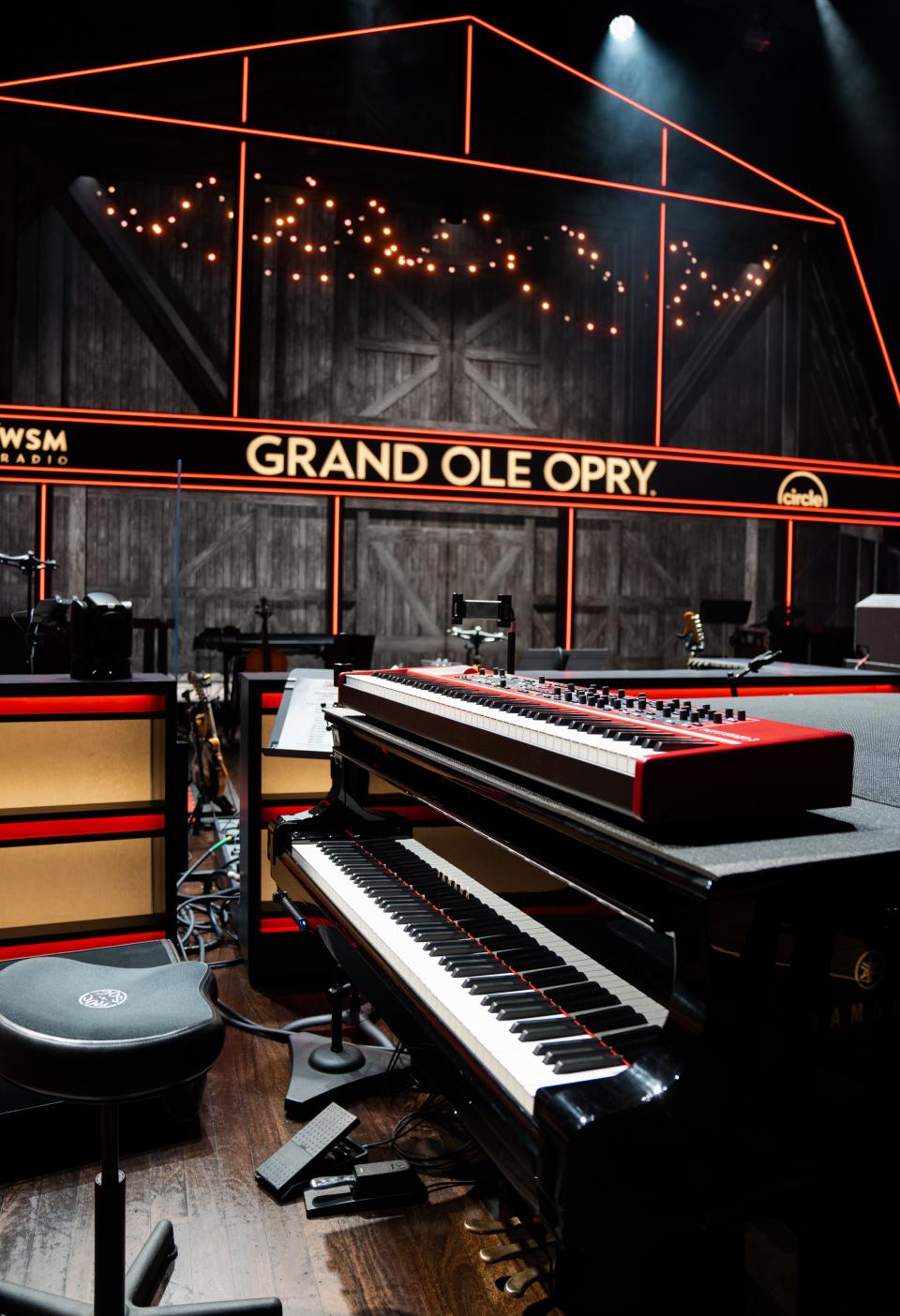
Instead, this, among the many set renovations, mark what Grand Ole Opry Vice President and Executive Producer Dan Rogers refers to as an "incredibly exciting time" for the program, venue and organization.
Other significant changes -- including a resurfacing of the Opry's physical stage -- save the circle, include the following:
A new Barn with new lighting elements and capabilities
A 52’ w x 27’ h, 2.9mm high-resolution Ross/D3 video wall upstage of the barn set
A fully redundant Disguise GX3c media server system
Completely new JBL A Series PA system
New audience and key lighting elements
A “Halo” lighting effect for “The Circle”
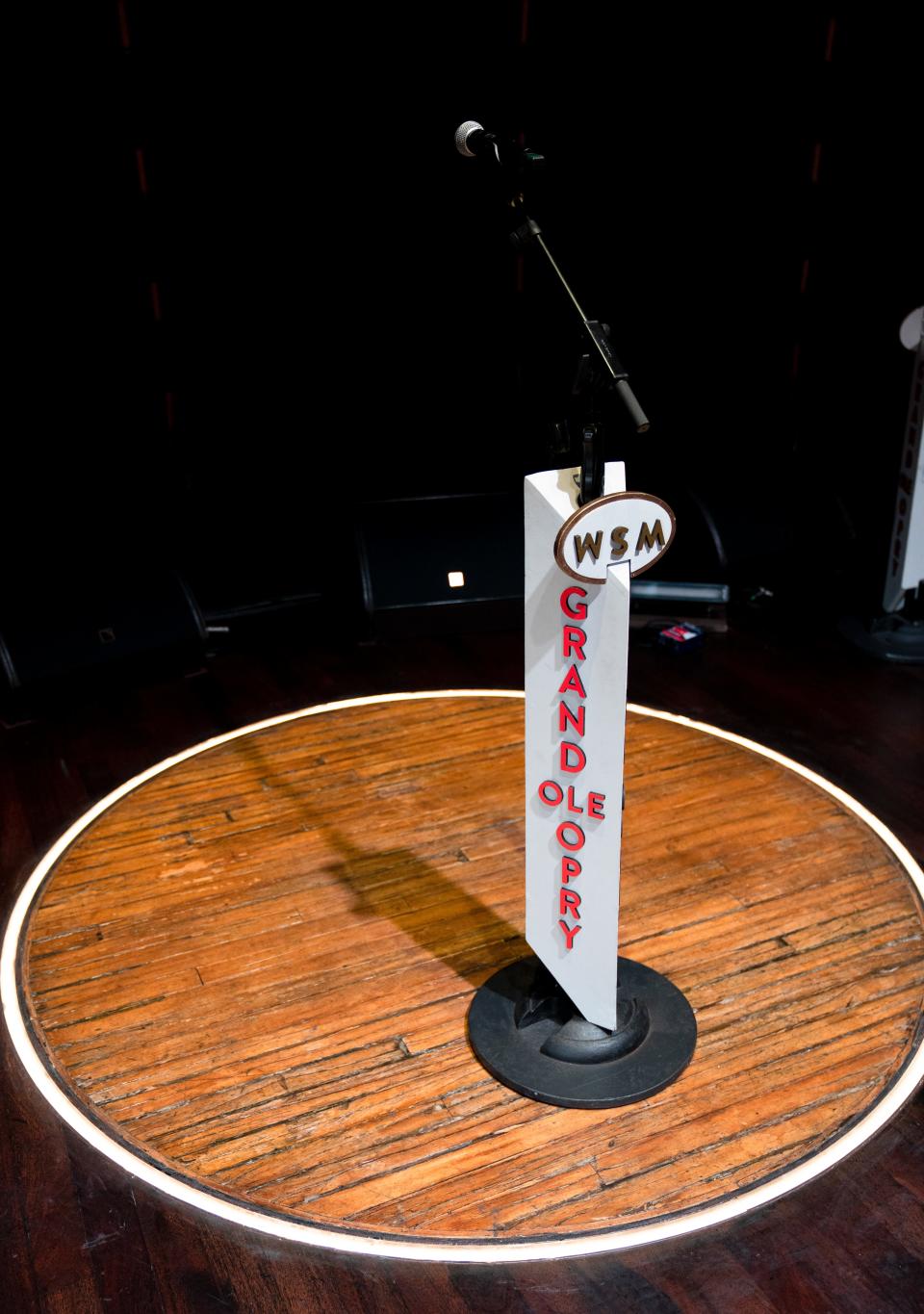
In short, the same video wall capabilities used by ABC and ESPN news broadcasters featuring digital set design capabilities used by arena and stadium-touring acts will be showcased in a venue using high-quality downtown arena-ready sound.
The days of the Opry being presented as country music's quaintest -- yet widely beloved -- and most staid entertainment showcase have evolved.
Notably, since the venue's COVID-19 quarantine closure through December 2022, nearly 160 acts have debuted on the Opry's stage while twelve have been inducted into the program's permanent cast. Both numbers are unprecedented.

Country music is bigger business than ever
In April 2022, The Tennessean announced that NBCUniversal and private-equity firm Atairos Group would take a 30% stake in the Opry Entertainment Group (OEG), a subsidiary of hotel-and-convention-center resort leader Ryman Hospitality Properties.
Assets under OEG's umbrella include the Opry, Ryman Auditorium, WSM 650 AM radio station, media network Circle, and Blake Shelton's Ole Red country-bar brand in Nashville, Orlando, Gatlinburg and soon, Las Vegas.
The Grand Ole Opry's inclusion in OEG's assets means it is part of OEG's recent $1.5 billion valuation.

Country music is a bigger business than ever. Reflecting this, the Opry is aggressively angling to be at the forefront of where the genre heads as an overall entertainment industry marketplace leader.
This desire aligns with the Opry's decision -- since COVID-19's quarantine -- to address redoubling efforts to increase inductions to the cast, plus the number of artist debuts.
Since 2020, 13 new members have been inducted into the Opry. Nearly 50 percent of those -- including Ashley McBryde and comedians Henry Cho and Gary Mule Deer -- are since the OEG/Atairos/NBCUniversal announcement. Moreover, 15 percent more debuts occurred between January 2021 and the April 2022 partnership reveal.

Opry members on the Opry and country music's expansion
Longstanding Opry performers and members "Whispering" Bill Anderson (inducted in 1961), Jeannie Seely (over five decades of membership and 5,000 Opry performances) and Marty Stuart (Opry debut in 1972, induction 1992) have nuanced and well-formed opinions on country music's future and the role that an expanded presentation of the Opry plays within it.
For Seely, she feels that the Opry's renovations and growth in the number of artists presented on the stage will keep the Opry "relevant" alongside a growing spate of venues more centrally located in downtown Music City.
Seely cites an ever-growing plethora of "choices of places to go and things to do" fighting for entertainment dollars in town as a key reason why so many new artists are taking to the stage and inductions are occurring into cast membership.
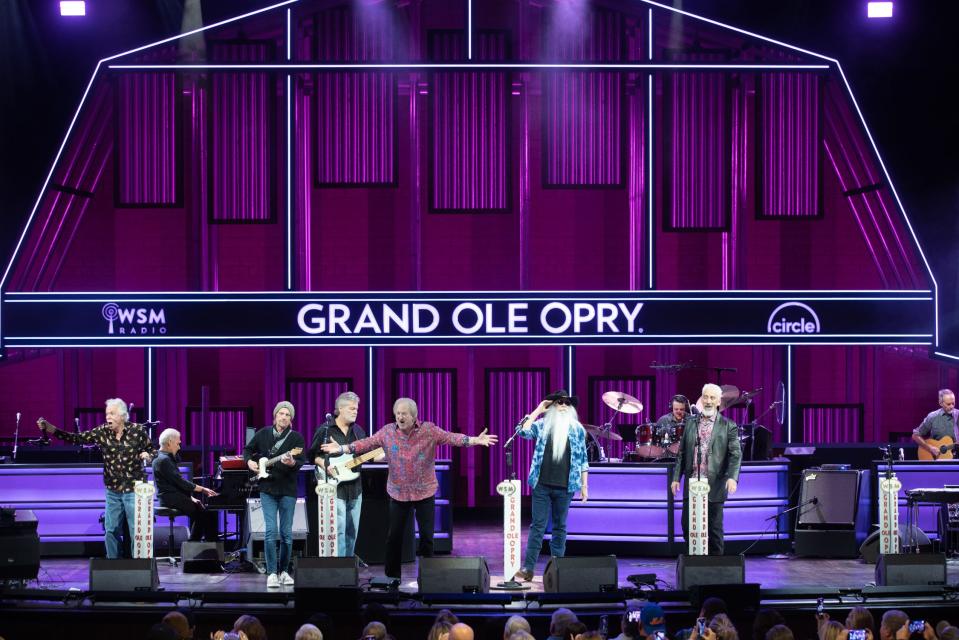
Jokingly, the 85-year-old Anderson adds that he -- alongside other longstanding Opry inductees Seely, John Conlee and Connie Smith -- "won't be here forever" and that growing the Opry's membership almost certainly ensures another century of history for the broadcast showcase and institution.
Acts on the stage having a "knowledge of and reverence for" country music's traditions still reigns supreme at the Opry -- regardless of what the set, stage, or industry develops into, henceforth, Seely says.
Stuart refers to the Opry's 1964-65 swing of seven inductions that included membership being granted to performers including Willie Nelson and Stuart's wife -- and country music icon -- Connie Smith and the inductions of "Class of 1989" members Clint Black, Garth Brooks, Alan Jackson, Travis Tritt and himself as reflective of moments when the Opry efforted to align itself with emergent movements as far as younger, more pop-aligned artistry.
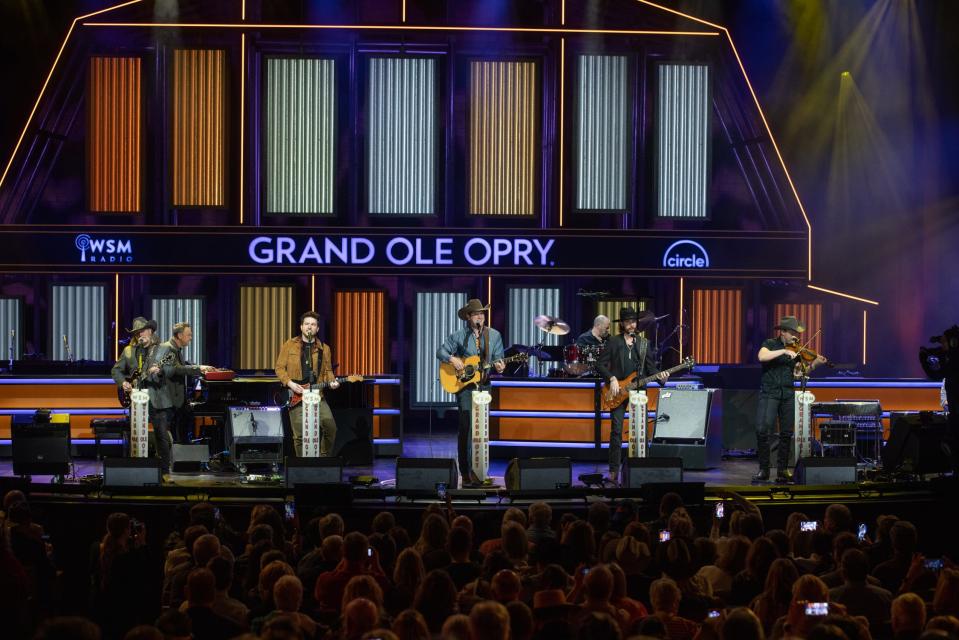
"You can always tell if a church is healthy by the number of young people it has in its congregation," Stuart says Smith has often noted in making allegories to the Opry's membership concerning progressions in country music.
Related, Anderson recalls that he was inducted as an Opry member in 1961 after making his debut two years prior. His induction occurred when, as he notes, many country music fans felt the program was "losing its luster and relevance" because of the fallout from World War II and the Korean War, plus the growth of rock n' roll.
OEG's cash infusion, in tandem with the Opry's debut appearances and membership growth, falls in line with both Anderson and Stuart's sentiments.

The Opry is a radio program with a broadcast presence, held weekly in support of a cast of Nashville-based touring musicians and genre lucratively rooted in the city. Because of the growth of digital access, streaming and the genre's increasing global presence, it could be faced with a similar reemergence of irrelevance.
However, more literally than ever before, the Opry is aggressively pursuing growth in action and timing, analogous to the stunning, sudden, pop-crossover moment the genre is sustaining. Impressively, it now aligns with how long-time members like Anderson view its importance.
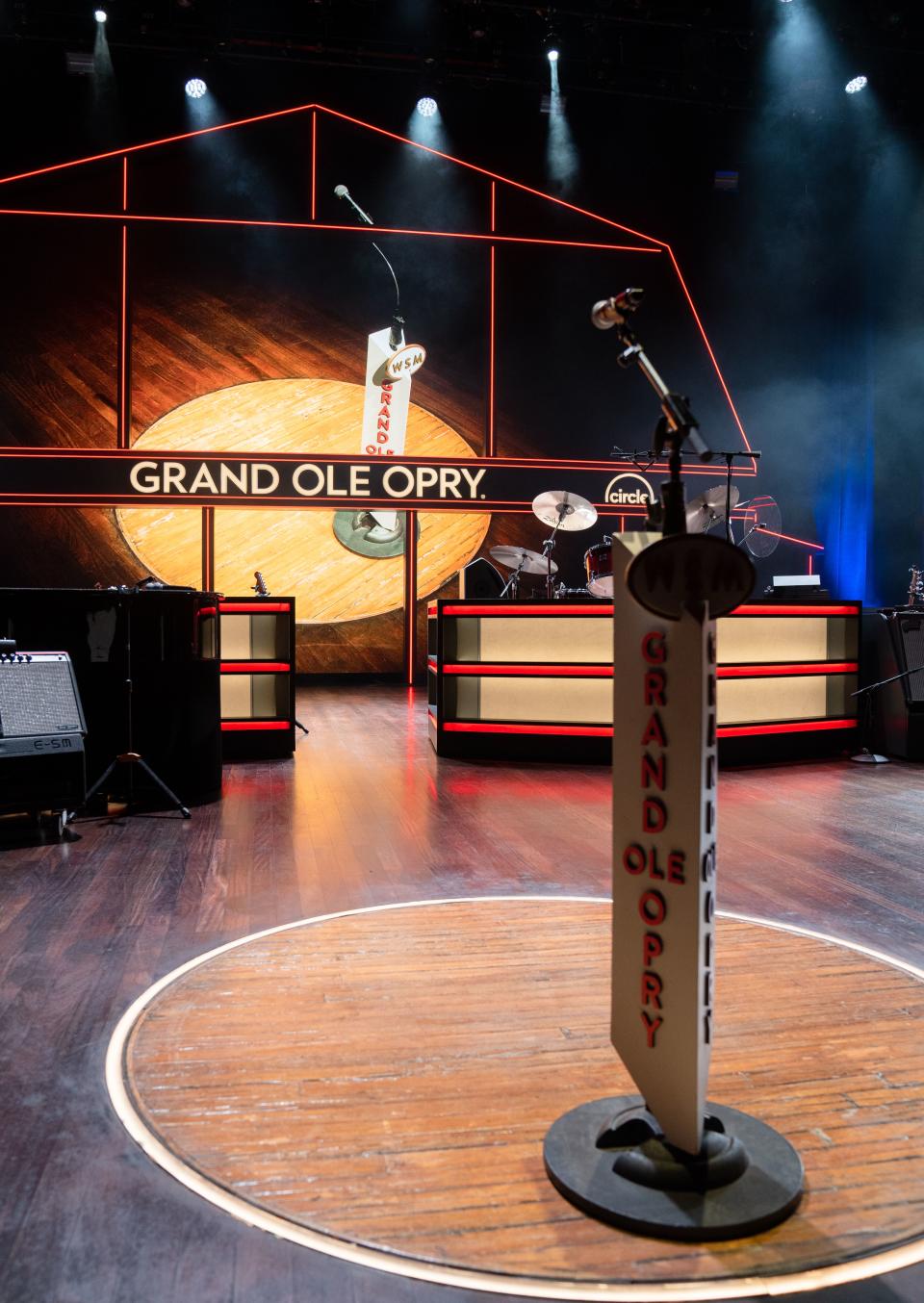
Says Anderson, "The Grand Ole Opry is country music's shining beacon on the hill that shines a guiding light for the genre's industry. If we can play a role [in the realms of] on social media, television and worldwide, I would be surprised if the Opry doesn't -- in this coming generation -- grow its overall audience to the largest it has ever had."
"I hope we don't get to a point where the Opry becomes just another one of many promotional vehicles for artists," Seely offers as a caveat. "The Opry is a multi-generational American institution. Like Ernest Tubb once told me, the Opry itself is unique because its a bigger star than any of us who play it onstage."
"Since I made my Opry debut in 1972, everything has changed about [the Opry], except being a standard bearer and standard-setter for great songs and performances," says Stuart. "More than anything else, that will always make everyone -- artists and fans alike -- want to participate in and see a great show."
This article originally appeared on Nashville Tennessean: Grand Ole Opry unveils new set while welcoming more acts than ever to stage